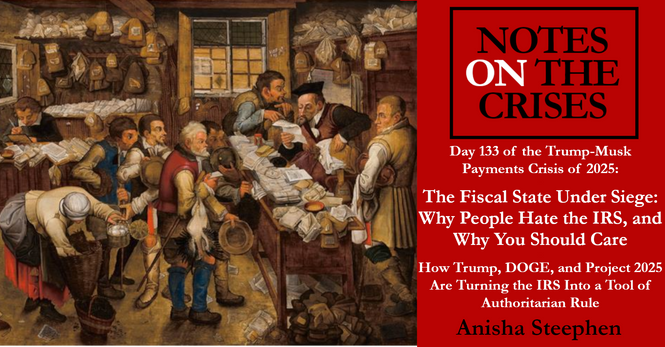2025-07-22 11:23:46
2025-08-22 05:01:20
Hi, it’s Alexandria Ocasio-Cortez.
If we do not assert ourselves and enshrine our rights
— and demand healthcare, and education, and dignity
— the alternative is barbarism,
which is what we are contending with now.
If we do not win unions, healthcare, wages, and ending endless war,
then we will condemn ourselves to barbarism.
𝗜 𝗿𝗲𝗳𝘂𝘀𝗲 𝘁𝗼 𝗴𝗶𝘃𝗲 𝘂𝗽. 𝗜 𝗿𝗲𝗳𝘂𝘀𝗲 𝘁𝗼 𝘀𝘂𝗯𝗺𝗶𝘁 𝗺𝘆𝘀𝗲𝗹𝗳 𝘁𝗼 𝘁𝗵𝗮𝘁 𝗳𝘂𝘁𝘂𝗿𝗲. 𝗧𝗵𝗮𝘁’𝘀 𝗻𝗼𝘁 𝗮 𝗹𝗶𝗳𝗲.
𝘐𝘧 𝘺𝘰𝘶 𝘤𝘢𝘯, 𝘱𝘪𝘵𝘤𝘩 𝘪𝘯 𝘢𝘯𝘺 𝘢𝘮𝘰𝘶𝘯𝘵 𝘵𝘩𝘢𝘵 …
2025-08-22 23:08:18
2025-07-23 07:34:01
Decentralized AI-driven IoT Architecture for Privacy-Preserving and Latency-Optimized Healthcare in Pandemic and Critical Care Scenarios
Harsha Sammangi (Dakota State University), Aditya Jagatha (College of Business,Information Systems, Dakota State University), Giridhar Reddy Bojja (College of Business, Michigan Technological University), Jun Liu (College of Business,I.S, Dakota State University)
2025-08-21 16:57:43
The #POX, Xenophobes and Fascists in the Reform and Tory parties are now targeting schemes to support migrant children in school.
'Education must remain a beacon of hope, dignity, and solidarity' | Morning Star
2025-07-22 10:57:10
Paired many-to-many 2-disjoint path cover of Johnson graphs
Jinhao Liu, Huazhong L\"u
https://arxiv.org/abs/2507.15463 https://a…
2025-07-23 03:46:18
CFP: DEADLINE EXTENDED: EMoDiR Panels "The Devil and Dissent: Early Modern Perspectives," RSA 72nd Annual Meeting, San Francisco (February 19-21, 2026) https://networks.h-net.org/group/announcements/20120930/cfp-d…
2025-07-22 17:23:23
FBI Spied On Journalists And Activists Who Organized 'Russiagate And WikiLeaks' Panel https://thedissenter.org/fbi-spied-on-journalists-and-activists-who-organized-russiagate-and-wikileaks-panel/
2025-06-23 01:11:38
If a sitting president can direct the IRS to investigate political enemies, revoke nonprofit status from dissenting institutions, or selectively enforce tax law to reward loyalty,
the agency no longer serves the public.
It serves power.
The slow hollowing of the IRS through funding cuts, staff attrition, and the erosion of norms yields the same result:
a weakened institution unable to enforce the law, uphold equity, or hold the powerful to account.
And when th…
2025-08-21 17:38:58
A good takedown. (1 cookie but readable without accepting)
These Six Media Lies Are Stoking the Anti-Migrant Protests | Novara Media
https://novaramedia.com/2025/08/13/these-six-media-lies-are-stoking-the-anti-migrant-protests/…






